Hydrangea Macrophylla Any Color Plant
₹838.00 ₹629.00
One of the worldâs most popular ornamental flowers conceals a bouquet of biological and biochemical surprises. The iconic âsnowballâ? shaped blooms of Hydrangea macrophylla (big-leafed hydrangea) are a common staple of backyard gardens
Description
Purchase Description
- Hydrangea Macrophylla (Any Color) Plant
- Product Material : Natural Plant With Pot , Quantity : 1
- Pot : Height : 5 Inches (13 cm), Pot Colour : Black (Plastic)
- Very easy to maintain and Suitable for gifting to Plant Lovers
Plant Description
The bloom colors are what really make the hydrangea stand out: They range from pink to blue, including all shades of lavender to violet to purple, as well as green and white. Color intensities run the gamut from vibrant to pastel. Noticeably absent from the kaleidoscope of possible hydrangea colors are yellows and oranges.
Hydrangea colors are not what they seem, either; they are not the result of a variety of different pigments, as is the case for flowers such as roses or tulips. They are more akin to the colors seen in litmus paper, the chemically treated strips classically used to determine whether solutions are acidic or basic. At the molecular level, acids are proton (or hydrogen ion) donators and bases are proton acceptors in chemical reactions. When one dips blue litmus paper into an acidic solution (pH < 7, where pH is a measure of the concentration of hydrogen ions), the paper turns red, whereas red litmus paper changes to blue in the presence of a basic solution (pH > 7).
In a similar fashion, the color of many hydrangea blooms acts as a natural pH indicator for the soil in which the plant grows. Such blooms have blue sepals when the shrub grows in acidic soil, but develop red or pink sepals when grown in neutral to basic soils. The hydrangea’s bloom color reveals the pH of the soil, but with its distinguishing colors being the reverse of those for litmus paper. The hydrangea is unique among plants in this ability to indicate soil acidity.
Because of this trait, gardeners can chemically manipulate hydrangea bloom colors using soil additives. In fact, a hydrangea can have different bloom colors on the same bush if the roots of the plant sample soils of differing pH. Homespun recipes abound for changing the pink blooms of a hydrangea to blue: pouring vinegar or lemon juice on the soil; mulching the plant with coffee grounds, citrus fruit rinds, or pine tree needles; or burying rusty nails, old tin cans, or copper pennies next to the bush. All these strategies tend to turn soil more acidic, and eventually transform the bloom color to blue.
Hydrangea colors turn out to be even more complicated that that, however. Soil acidity actually is not the underlying chemical mechanism behind the color change. The answer goes even deeper into the connection between soil composition and sepal color— a connection that has inspired our ongoing research into the biochemistry of these flowering plants.
A Metal Key
Hydrangea colors ultimately depend on the availability of aluminum ions (Al3+) within the soil. The role of aluminum has been known since the 1940s, but it did not reach the mainstream horticultural literature until about the past two decades, and the exact mechanism was only recently defined. Aluminum ions are mobile in acidic soil because of the ready availability of other ions they can react with, which can be taken up into the hydrangea to the bloom where they interact with the normally red pigment. But in neutral to basic soil, the ions combine with hydroxide ions (OH-) to form immobile aluminum hydroxide, Al(OH)3. Consequently, for the bluing of hydrangea blooms, one needs both aluminum ions and acidic soil. The best soil additive for bluing is one that contributes both, such as commercially available aluminum sulfate, Al2(SO4)3. Conversely, if one wishes to change blue-blooming hydrangea to red-blooming, adding lime (calcium hydroxide, Ca(OH)2) results in basic soil and the desired color transition.
However, such imposed red-to-blue or blue-to-red color changes do not happen instantaneously; it often takes one or two growing seasons to instill the desired color on shrubs within one’s flower gardens. Growers of hydrangeas with blue blooms must regularly water with aluminum sulfate drenches onto the potted medium to maintain the needed levels to force the desired blue coloration (but they cannot water too often or the excess Al3+ will kill the plant).
The chemistry of aluminum in soil establishes its different properties under acidic and basic conditions. In acidic soils, aluminum occurs in what are called coordination complexes, with Al3+ ions at the center, surrounded by bonded strings of other molecules. These aluminum ions can travel from soil into the plant. But at neutral to basic pH, aluminum precipitates as aluminum hydroxide, making it unavailable for incorporation into the shrub. Lavenders, magentas, violets, and purples appear as bloom colors in transitional soil pHs, with aluminum ions only somewhat available to the hydrangea roots.
Disclaimer: The image is for reference purposes only. The actual product may vary in shape or appearance based on climate, age, height, etc.
Only logged in customers who have purchased this product may leave a review.


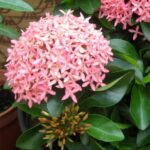
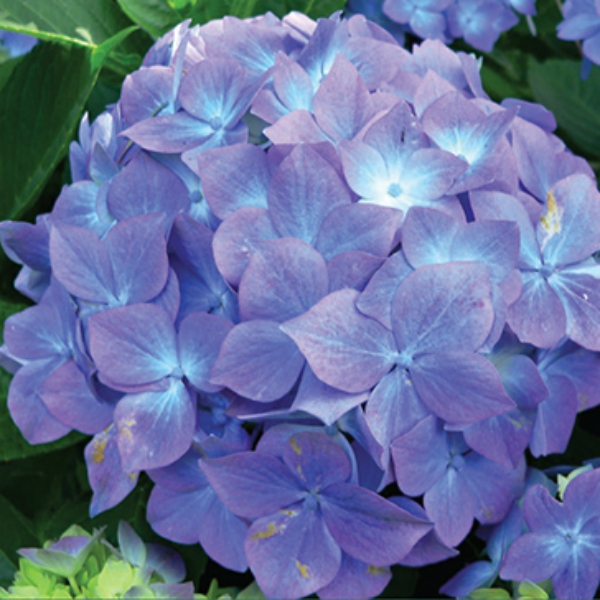

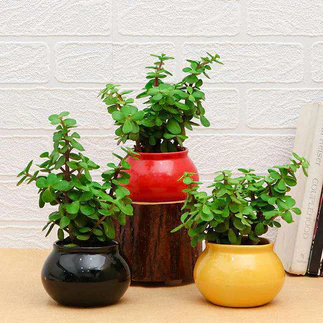
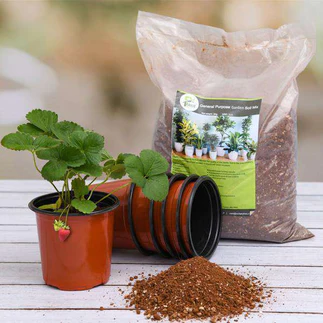
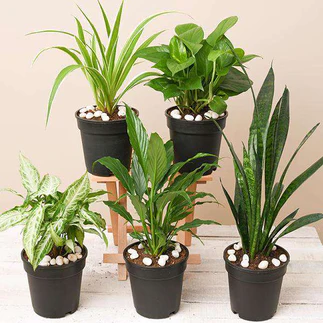
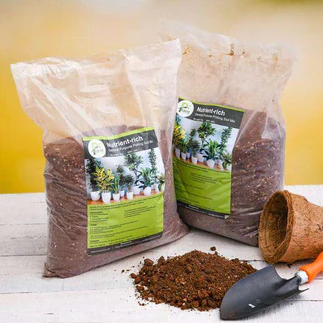
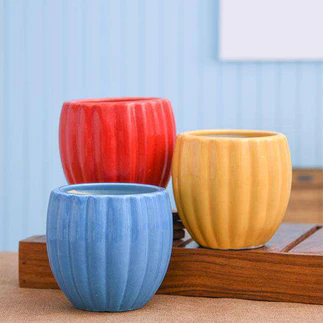

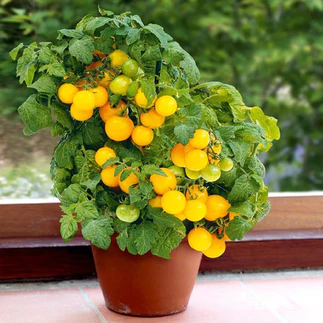
Reviews
There are no reviews yet.